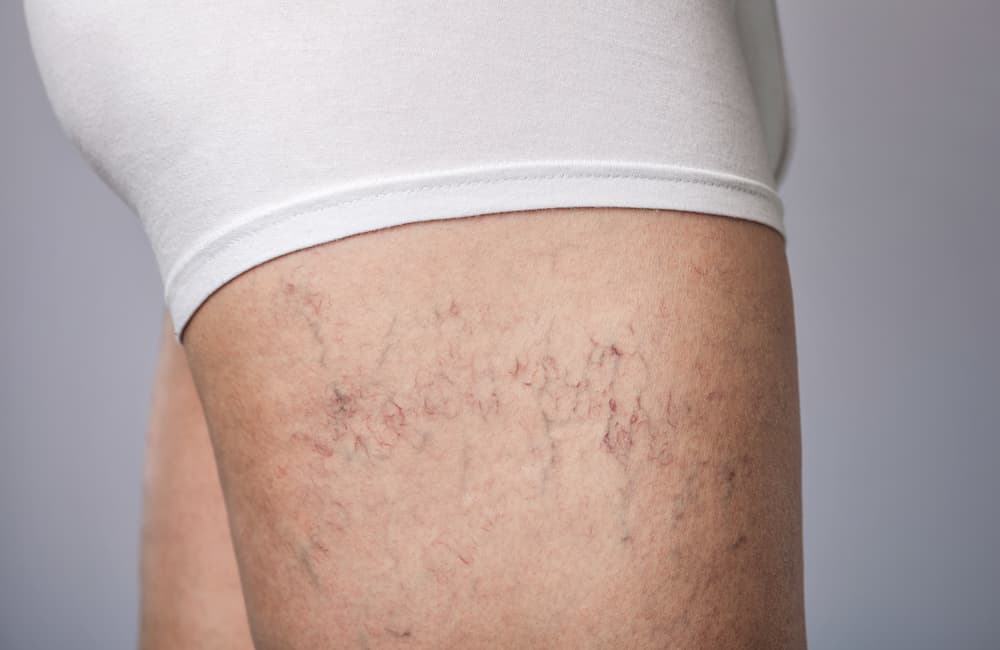SPIDER VEINS

Spider veins and thread veins are common in women and are often incorrectly considered just a cosmetic issue. These red and blue-green colored veins (technically called reticular veins and telangiectasia) are rare in men and are thought to be related to the metabolism of the female hormone estrogen in the fat underlying the skin. However, whilst this is true in about 40% of women, in 60% or so, these spider veins are a sign of underlying venous disease, making it much more than a cosmetic concern. Unfortunately, it is not possible to tell that from the look of the veins alone, and a thorough assessment is necessary to rule in or out underlying vein disease.
Following a simple 10-minute non-invasive screening test called Light reflex rheography (LRR-see venous diagnostics), we can assess if there is any underlying vein disease. If the LRR is normal you may be offered one of many treatment options from micro-sclerotherapy injections, micro-phlebotomy or laser ablation for these thread veins. The choice of procedure depends on the patient’s skin color and type (some lasers and injections do not work well on some types of skin) as well as the structure of your veins. These are usually outpatient procedures.
For a consultation about spider and thread veins and vein disorders, contact us.
